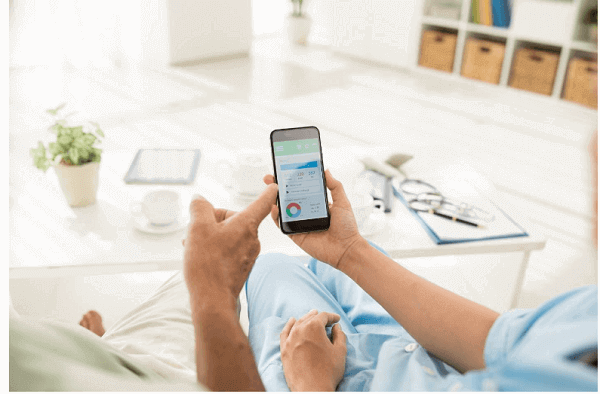Having a Mobile Healthcare App that is easy to use, user friendly and has detailed and actionable information will help patients to improve their health. It will also improve communication between patients, physicians and other healthcare professionals.
Easy Access to Functionalities
Table of Contents
Keeping in mind the needs of patients, there are some basic features that every mobile healthcare app should have. These features include easy access to functionalities, easy payment options and social media integration.
The first thing to consider is the payment feature. The payment feature should allow users to pay for medicine and medical services with a mobile wallet. The payment feature should also allow easy mobile payment for insurance. This feature is important for any type of application development.
The payment feature should be integrated with high end security standards. Using advanced payment gateway technology like Stripe or Braintree can help.
Another important feature is a virtual assistant. A virtual assistant can help remind users about upcoming appointments, pay for services and even remind users about electronic prescriptions.
Detailed And Actionable Information
Detailed and actionable information in a mobile healthcare app has been known to improve patient health and overall quality of life. A mobile health app is an easy and convenient way for patients to get the information they need. It also gives them the opportunity to interact with their health care providers, saving time and improving overall health.
A good health app should have two main features: a user-friendly UI/UX and an impressive feature set. This includes an easy-to-use interface, seamless integration of patient information and data, and a few other snazzy gizmos.
A feature-rich mobile healthcare app can make your practice more effective, increase your patient loyalty, and enhance your bottom line. The right mobile app will help you stay one step ahead of the competition.
Easy Communication with Professionals
Using a mobile healthcare app for communication with professionals can be a great way to improve efficiency and effectiveness. The app should offer easy access to all necessary functionalities. It should also save patients time.
A great app should help patients find the right doctor, location, and appointment times. It should also provide access to test results. Some apps offer a secure payment method, as well as promotional coupons.
Many hospitals are using mobile devices in their facilities. These devices allow patients to schedule appointments in one tap. They also provide patients with access to lab results, radiology images, and other information.
These apps also allow patients to receive direct video medications with their physicians. In addition, they can also access patient-provider communication through texting. These apps also provide secure messaging, including high-priority and low-priority alerts.
Simple Yet Amazing Digital Experience
Having a mobile healthcare app may sound like a no brainer, but it is not always as simple as it looks. A mobile health app can be a boon to patients, especially if the app is designed to provide patients with the right information at the right time.
The most important part of a mobile health app is to provide patients with a comprehensive and easy to use platform to access health related information. In addition, the app should also provide patients with the ability to communicate with physicians. It is also important to protect the data stored in the app from malicious forces.
For instance, it should be possible to create a symptom checker that accurately assesses and tracks patients’ health data. A symptom checker is also a great way to provide patients with actionable information.
Integration with Wearable Devices
Using a wearable device in a mobile healthcare app can help providers track patients’ health and provide patient care management services. These devices can be used for monitoring several health parameters such as blood pressure, weight, and heart rate.
Wearable devices can also be used to capture medical images and video, and translate sign language. They can also be used to measure physical indicators such as blood oxygen saturation and posture. These devices can help patients with chronic diseases by enabling them to monitor their condition and take better care of themselves.
Currently, there are more than 400 devices that are EHR-compatible. The number is expected to increase exponentially over the next few years.
These devices collect an enormous amount of patient data. The data must be secure and meet HIPAA standards.
